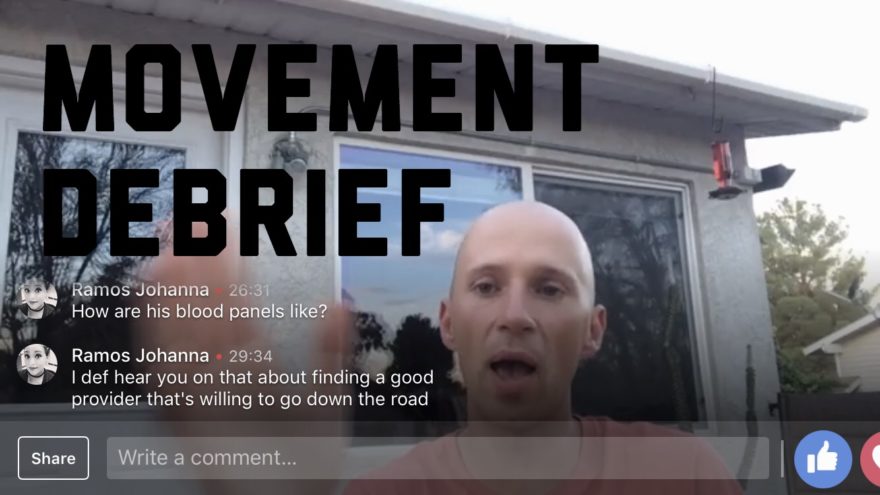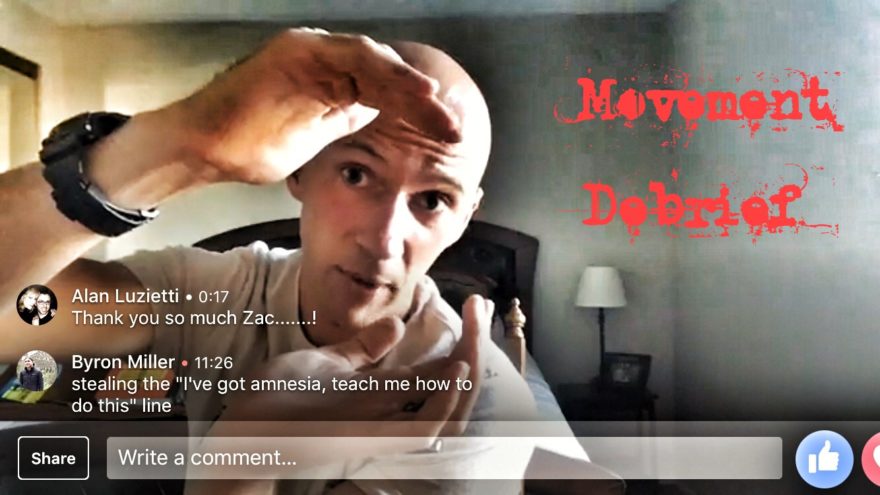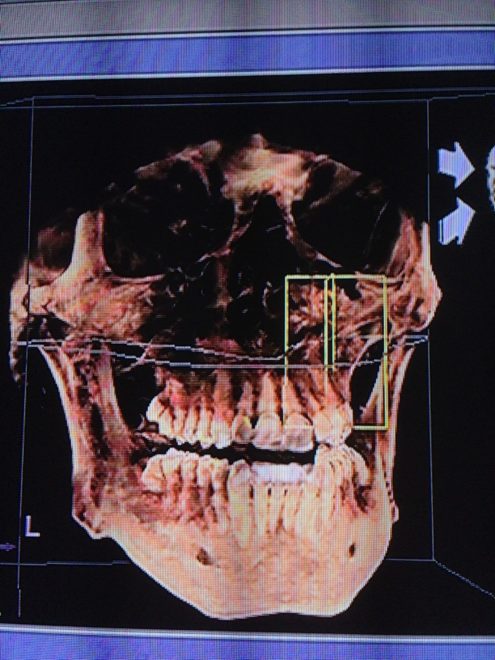Let me guess, you are devastated you missed last night’s Movement Debrief. You should be. It was by far the most interactive debrief we had yet. Loved how active everyone was, and definitely some people help me get better. Kudos to Steve, Jo, Yonnie-Pooh, and the many others who commented on today’s Debrief. Here’s what we talked about: How the stress response impacts many areas Treatment hierarchies How to restore sensation loss post-surgery Functional Medicine Why taking care of your health helps others If you want to watch these live, add me on Facebook, Instagram, or Twitter. (occasionally) They air every Wednesday at 8:30pm CST. Enjoy. Stress Response Proximal First Sensation Loss Your Health
Read More



